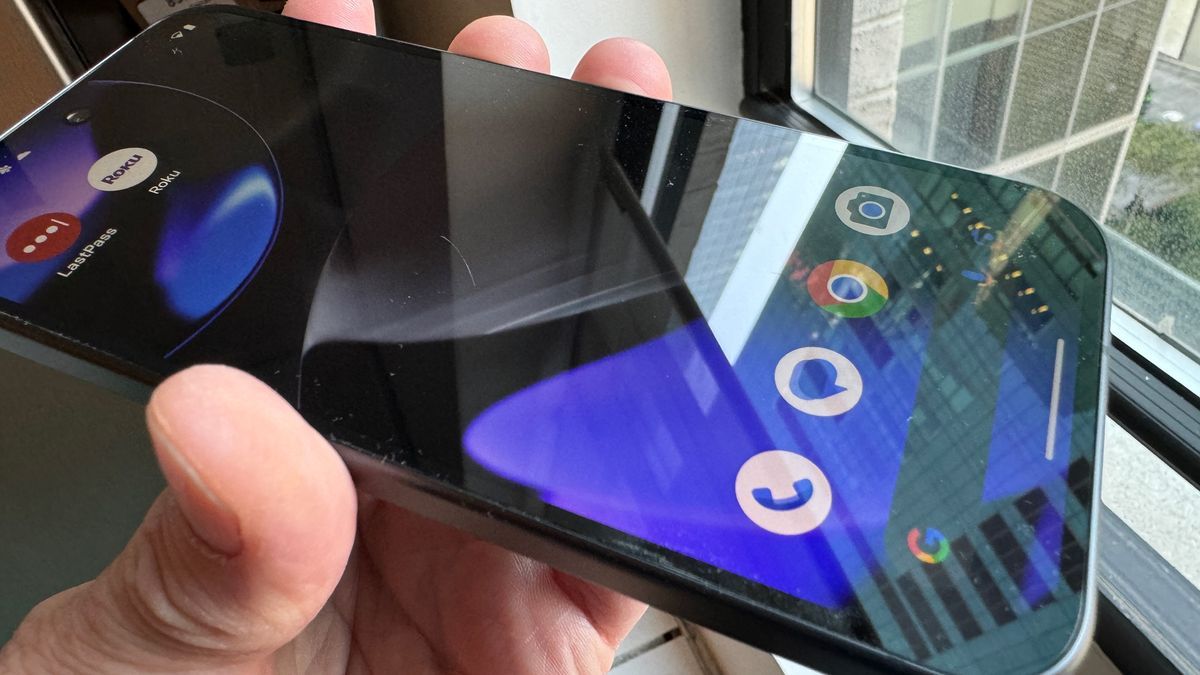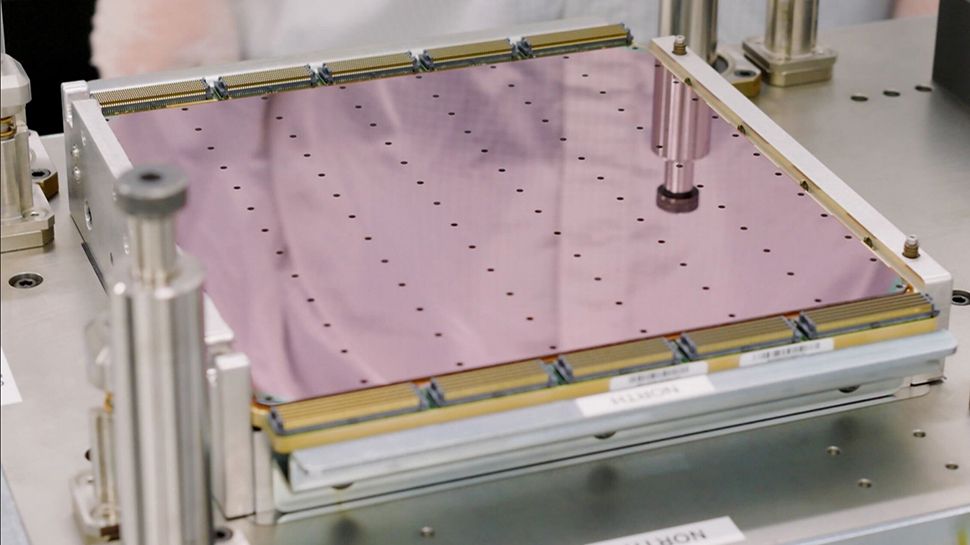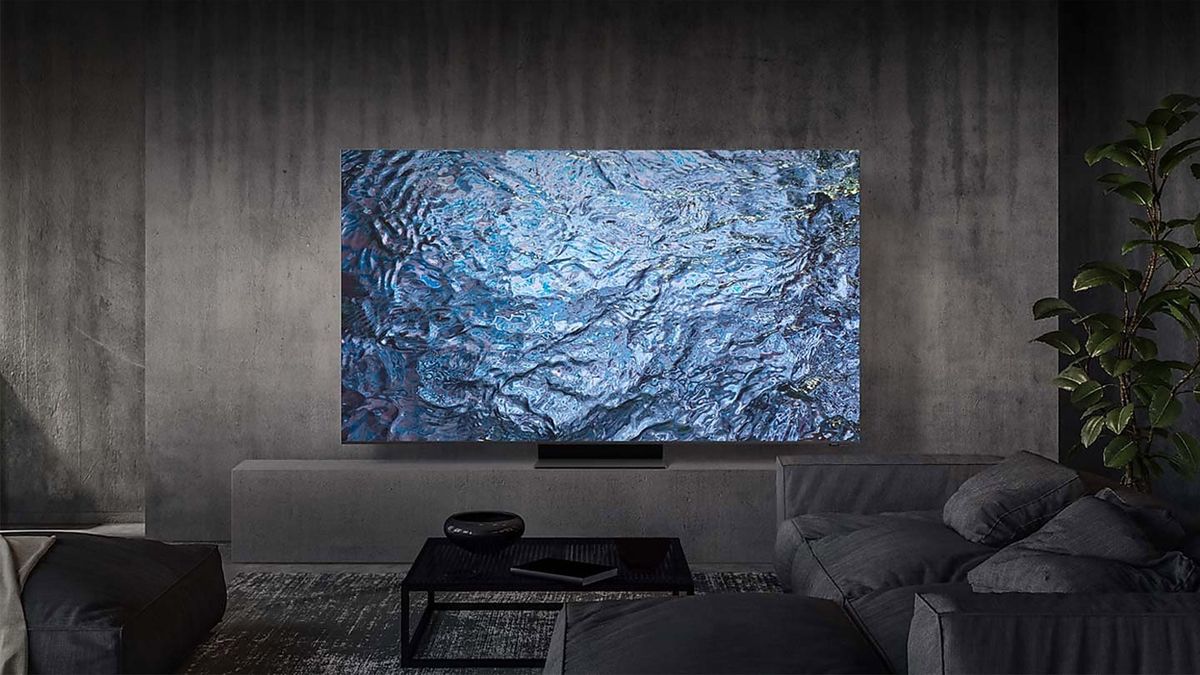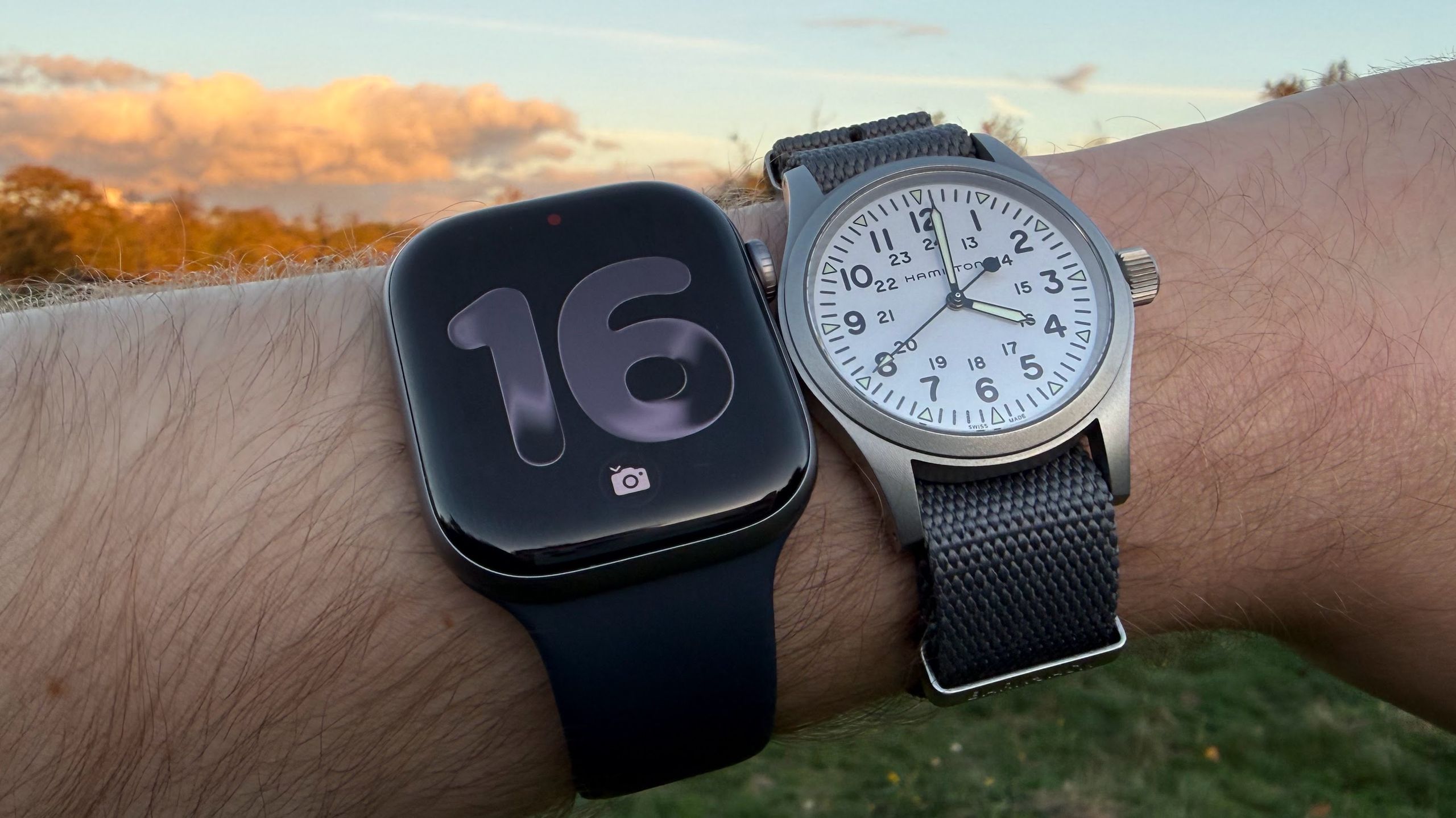Imagine buying a car and as soon as you buy it, you cover it with a centimetre-thick layer of padded plastic. It sounds ridiculous, but that's what we do with most smartphones. These devices that promise drop, water and dust resistance are considered so fragile that we put cases and screen protectors on them almost as soon as we take them out of the box.
I was thinking about this because for years I was a non-case iPhone guy and only started putting them on because I wanted to attach a Pop-Socket or some other type of iPhone mount to make it easier for me to record videos. Since then, I have never gone back to using a screen protector as I am quick to tell anyone that I do not drop my phone.
However, I am an outlier. Most smart people buy cases from Apple, Samsung, Google, and many other brands (I am currently using a Speck case with a fantastic MagSafe stand/holder). The most recent study I could find claims that 79% of smartphone owners do.
Screen protectors, which are basically another layer of thin glass on top of the phone's original, are even more confusing to me. As far as I can tell, most are no stronger than the original glass. Raise your hand if you have a friend who uses a smartphone with a glass screen protector with tiny particles on it.
Raise your hand if you have a friend who uses a smartphone with a screen protector glass with fine lines.
It's not that these phones aren't rugged or that the screens can't take a drop. Most of them could handle a face-down drop on the pavement and come out unscathed, but it's still possible to find that sweet spot where, if you drop your phone, it will shatter from one corner to the other.
Most smartphones use some form of Corning’s Gorilla Glass. This ultra-thin, silica-based glass is surprisingly flexible and has admirable scratch resistance (I once saw a Corning rep rub a key across a Gorilla Glass panel). For years, Apple never specified what brand of glass it used in iPhones. Still, in 2020, it worked with Corning to introduce Ceramic Shield, which basically embeds ceramic crystals into what I assume is something like Gorilla Glass for added strength. The Samsung Galaxy S24 Ultra and the Google Pixel 9 both use Gorilla Glass Victus 2. That’s about the toughest glass you can get.
I'm not sure any of this is strong enough.
I carry my iPhone 15 Pro Max with me everywhere, and even though I have a case on, there’s nothing on the screen. I’ve never dropped it, and I’m always careful to keep it in my pocket with the screen facing out so I don’t risk scratching the screen on the eyelets of my jeans. Naturally, the phone has fine, but clearly visible, scratches running all the way across the Super Retina XDR display. I have no idea where they came from.
The Google Pixel 9, which I’ve had for about a week, now has a half-inch hole in the middle of the screen — it’s deep enough that I can feel it with my finger. I’ve never dropped it or rubbed it against another device (as someone who reviews phones, I often carry multiple phones, but never put them in the same pocket). I haven’t carried it with my house keys in my pocket. I can’t explain the damage.
What worries me is that no matter what these phone makers do, they haven't figured out how to make these screens scratch-resistant, or at least tougher. This leads me to wonder why, after all these years, smartphones still don't seem any tougher than they did 10 years ago.
Considering we pay anywhere from $799 to over $1,100 for these phones, shouldn't we expect them to be able to withstand life in our pocket, backpack, or purse?
Seriously about a scratch
A scratched or even cracked screen won't negatively affect performance, but it is frustrating. It would be nice if, after a few weeks or even 12 months of use, these phones looked almost the same as when we first took them out of the box.
However, cases aren't just for protection. They're a personal expression of style, or at least that's what we've been taught to believe. If you think about it, the brand, model, size, and color of your smartphone can express some of those same things. We put stickers on our laptops to personalize them, but we don't tend to stick them in big, hard cases. I appreciate all the design and character options available on cases, but I wonder if there might one day be a world where we don't need them anymore.
Probably not. Smartphones will become thinner and lighter and have ever larger screens. Physics tells us that soil, rocks, and a stain in your back pocket can defeat the next generation of phones.









